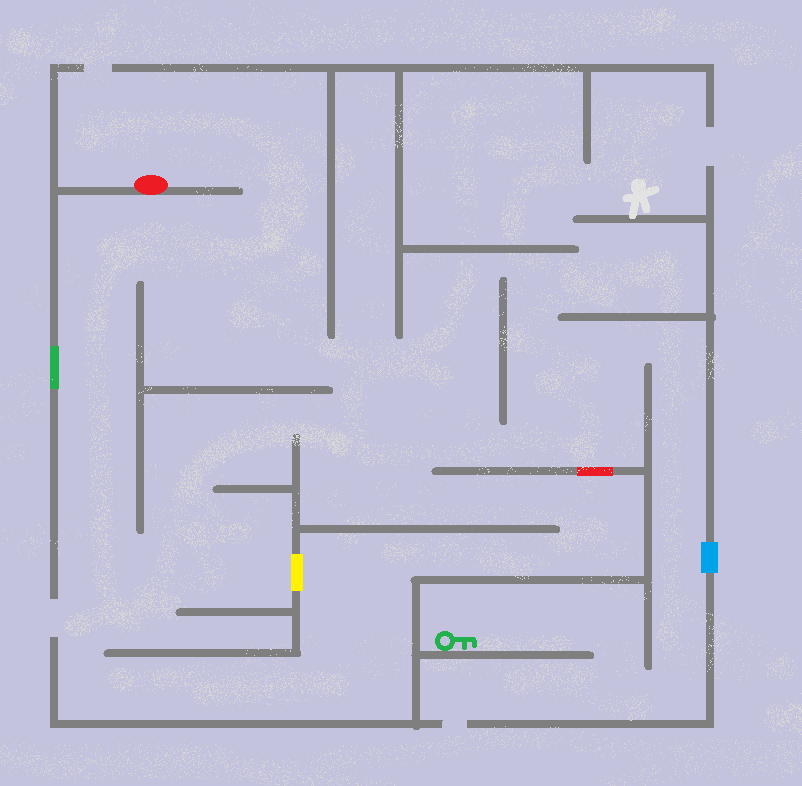Something that has always baffled me about electricity is how electrons (or electron-holes/charge-carriers) know which branch in a circuit to go through.
At a low-level, we picture conductors like wires as being similar to tubes or pipes and electrons as water, or according to many diagrams, as little balls. Using various laws (e.g., Kirchhoff’s circuit law), we can calculate different electrical aspects such as voltage, current, resistance, etc. through the circuit, which tells us how much charge (and even how many electrons) flow through any part of the circuit, but that begs the question of how the electrons know which part of the circuit they need to go through.
For example, if there’s a junction in the circuit with a resistor one path and another resistor with a higher resistance on the other path, the one with the lower resistance will have more electrons flowing through it, but how do the electrons know which path they should go through before they go down a path?
In this case, it’s sort of easy to imagine that the higher resistance causes them to bunch up like a traffic-jam, which makes it harder for them to zip through, so more go through the other side, but this analogy doesn’t always work. The same question applies to other electrical properties and even more complex circuit schematics. For example, what about a circuit in which the aforementioned parallel resistors are followed in serial with the opposite resistor? The two paths are now equal in resistance, but he traffic-jam analogy doesn’t apply. How do the electrons still work out ahead of the first junction that which path to go down so that they’re all equal at the end?
I can’t help but think that the answer to this question is another example of the mess of the quantum world. That maybe it’s because the electrons exist at all points in the circuit and only manifest after reaching the goal, then the path to take goes back, something like the quantum-eraser. 🤔






